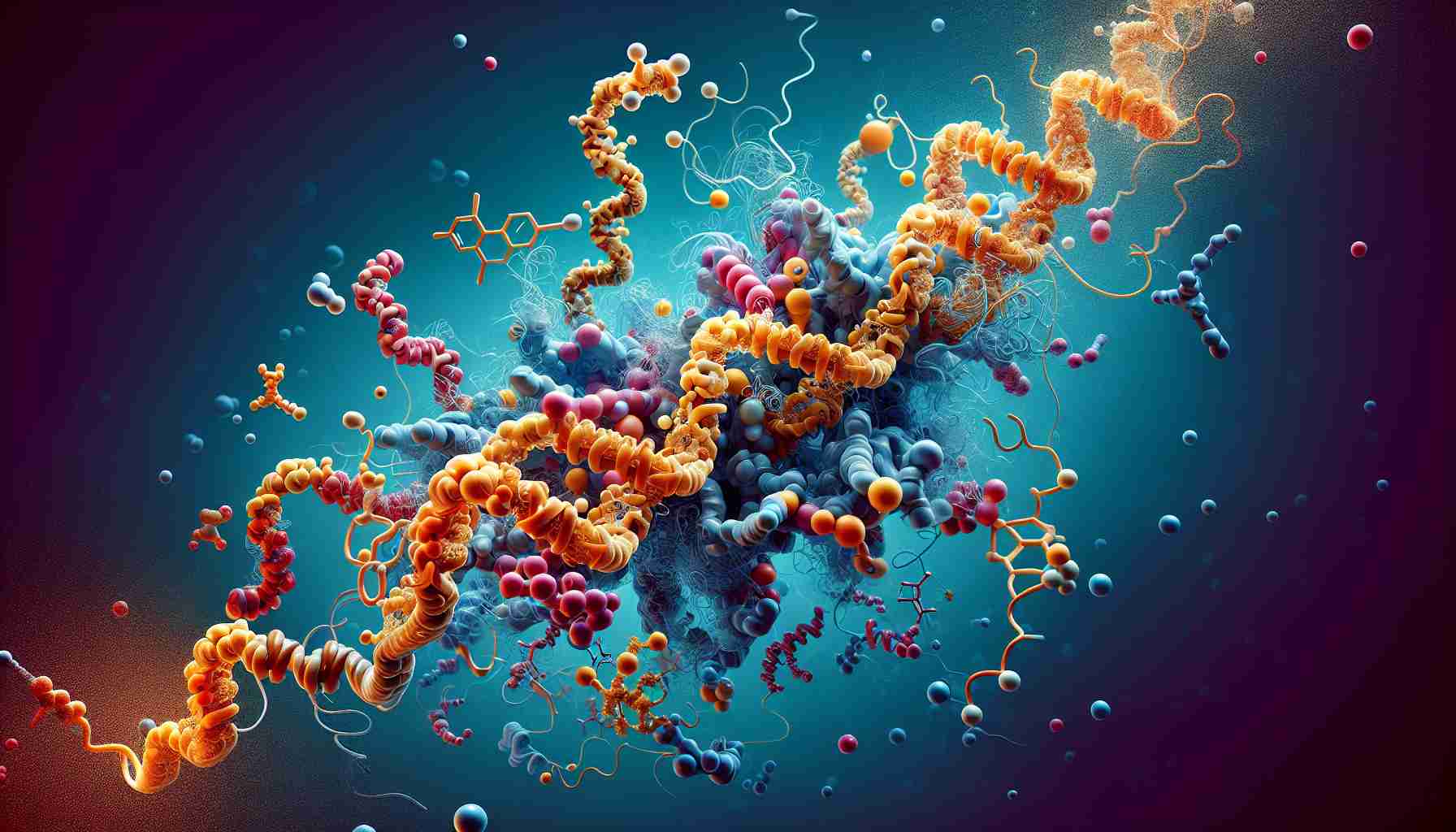Researchers have developed an enzyme for the first time that can break difficult-to-cut artificial bonds between silicon and carbon found in commonly used substances called siloxanes or silicones. This groundbreaking method opens up the possibility of biodegrading these substances, which can cause environmental pollution.
“Nature is an incredible chemist, and now its repertoire includes the breakdown of siloxane bonds that were previously considered resistant to attack by living organisms,” says Frances Arnold, professor of chemical engineering, bioengineering, and biochemistry at Caltech and winner of the 2018 Nobel Prize in Chemistry for her pioneering work on directed evolution, a methodology for engineering enzymes and other proteins using principles of artificial selection. Arnold and her colleagues, including Dimitris (Dimi) Katsoulis from Dow Inc. in Michigan, used directed evolution to develop a new enzyme capable of breaking silicon-carbon bonds. The research results were published in the journal Science.
The scientists say that while practical application of the developed enzyme may take another ten years or more, its development opens up the possibility of siloxane biodegradation in the future. “For example, natural organisms could evolve in siloxane-rich environments to catalyze similar reactions, or enhanced versions of laboratory-evolved enzymes like this one could be used to remove siloxane contaminants in wastewater treatment plants,” Arnold says.
Siloxane chemicals can be found in many products, including household cleaning agents, cosmetics, and in the automotive, construction, electronics, and aerospace industries. Their chemical structure is based on silicon-oxygen bonds with attached carbon groups, most commonly methyl groups.
Siloxanes are known to persist in the environment for days or months, which is why research is being conducted on their impact on human health and the natural environment. These substances naturally degrade into smaller molecules, especially in soil or aquatic environments, and these fragments volatilize or enter the air, where they degrade through reactions with free radicals. Among all the bonds in siloxanes, silicon-carbon bonds are the most resistant to degradation.
After reading about Arnold’s lab’s work on creating silicon-carbon bonds, Katsoulis approached her to collaborate on accelerating the siloxane degradation process. In 2016, Arnold and her colleagues used directed evolution to modify a bacterial protein called cytochrome c to form silicon-carbon bonds, a process that does not occur in nature.
“We chose nature to do what only chemists can do—just better,” Arnold said. The research showed that biology can create these bonds in an environmentally friendly way compared to traditional methods used by chemists.
In the new study, the researchers aimed to find ways to break these bonds rather than create them. They applied directed evolution to modify a bacterial enzyme called cytochrome P450. Directed evolution is similar to breeding dogs or horses in that it aims to extract desired traits. The researchers first identified a variant of cytochrome P450 in their enzyme collection that had very weak activity in breaking silicon-carbon bonds in linear and cyclic volatile methylsiloxanes, a common group of siloxanes.
They then mutated the DNA of cytochrome P450 and tested the new enzyme variants. The best-performing variants were mutated again, and the tests were repeated until the enzyme was active enough for the researchers to identify reaction products and study the enzyme’s mechanism of action.
“Evolution of enzymes to break these siloxane bonds presented unique challenges. In directed evolution, we have to simultaneously evaluate hundreds of new enzymes to find a few enzyme variants with improved activity,” says Tyler Fulton, co-author of the study and a graduate student at Caltech in Arnold’s lab.
One of the challenges was releasing plastic components from the 96-well plates that were used to screen enzyme variants. This issue was overcome by creating new matrices from commonly used laboratory materials.
“Another challenge was finding an initial enzyme for directed evolution that had even a slight activity for the desired reaction,” Arnold says. “We found it in our unique collection of cytochromes P450 that were evolved in the lab for new types of silicon chemistry that are not found in the natural world.”
Ultimately, the improved enzyme does not cleave silicon-carbon bonds but oxidizes the methyl group in siloxanes in two consecutive steps. In other words, two carbon-hydrogen bonds are replaced with carbon-oxygen bonds, which facilitates the breakdown of silicon-carbon bonds.
The study has parallels to research on plastic-degrading enzymes, with Fulton referring to the enzyme discovered in 2016 by another group of researchers that degrades poly(ethylene terephthalate) (PET), named Ideonella sakaiensis. “While the PET-degrading enzyme was discovered by nature rather than engineered by scientists, it inspired other innovations that are now being pursued for plastic degradation. We hope this study will also inspire further work in this field.”
FAQ:
1. What are siloxane chemicals?
Siloxane chemicals are commonly used substances that contain artificial bonds between silicon and carbon. They can be found in products such as cleaning agents, cosmetics, and in the automotive, construction, electronics, and aerospace industries.
2. What is the significance of discovering an enzyme that can break silicon-carbon bonds?
The discovery of an enzyme capable of breaking silicon-carbon bonds is significant because it opens up the possibility of biodegrading siloxanes, which can cause environmental pollution. This enzyme has the potential for application in wastewater treatment plants or in the natural evolution of organisms capable of catalyzing similar reactions.
3. What are the practical applications of the developed enzyme?
Practical application of the developed enzyme may take another ten years or more, but it could be used for siloxane biodegradation in the future. Laboratory-evolved enzymes with similar functions could also be used to remove siloxane contaminants in wastewater treatment plants.
Definitions:
1. Siloxane: Siloxane is a chemical substance that contains artificial bonds between silicon and carbon. It is commonly used in various industries such as automotive, construction, electronics, and aerospace.
2. Directed evolution: Directed evolution is a method used in laboratories to modify and improve enzymes and other proteins using artificial selection techniques.
The source of the article is from the blog enp.gr
